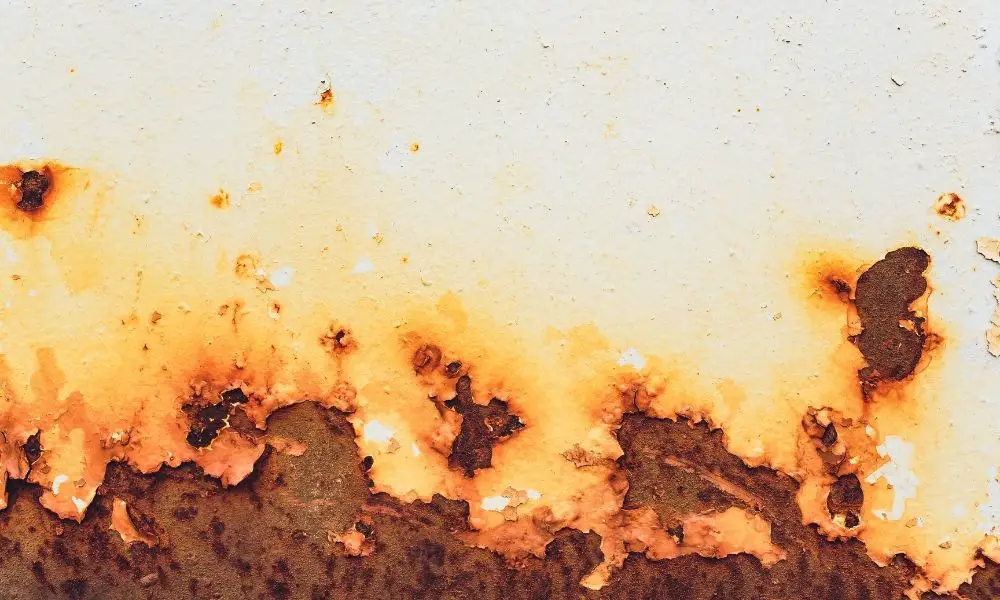

We use metal in nearly everything, from skyscrapers to syringes to smartphones—you would be hard-pressed to go a hundred yards without seeing or using something with metal. While the prevalence of metal makes sense due to its strength, variety, and malleability, it does have certain limitations.
One common problem with many metals is rust—the dark orange metal mold that seems to grow with a mind of its own. Though a piece of metal starts off shiny, rust can grow on its surface in no time. What is rust and how does it form and spread?
Rust is a flaky brown coating on metals that feel rough to the touch. However, rust is more than some mysterious covering—it’s the corrosion and subsequent oxidation of iron and its various alloys, including steel. Chemically speaking, rust is the reaction product known as iron oxide.
Rust may look the same in most situations, but it comes in three varieties. Though every type forms when rust meets water and oxygen, they differ in how this contact occurs. Rust forms quickly because iron reacts so strongly with oxygen—so much so that the first type can happen on flat sheets of steel. Architectural features with unprotected steel can develop pitting or cavity rust that eats pockets into the metal.
The second type, contact rust, grows when a piece of rusting metal comes in contact with a non-rusting metal. For example, rust on steel beams can still spread to rust-protected stainless steel. The rust builds up at the point of contact until the deposit corrodes through the protective layer. This means that builders must be careful when fitting steel beams next to each other if their rust resistances differ.
The third and final type of rust is crevice rust, which forms in small, confined spaces. A common example of this is the space between a metal nut and bolt where the tiniest sliver of space brings oxygen in and causes rust to form when moisture is present.
Because you rely on metal items all the time, you must remember the problem rust poses. You should be vigilant about all outdoor metal items you use and own. For example, you should know how to prevent rust in your gutters, so you don’t need to replace corroded gutter sections.
The next time you wonder, “What is rust and how does it form and spread?” you have a quick answer at your fingertips. Do your best to protect against rust.
FAQ
Rust is a flaky brown coating on metals that feel rough to the touch. However, rust is more than some mysterious covering—it’s the corrosion and subsequent oxidation of iron and its various alloys, including steel. Chemically speaking, rust is the reaction product known as iron oxide.
Learn about the benefits of an organized outdoor shed. Discover easy methods to reduce clutter…
Want to fly multiple flags but are worried it might be disrespectful? Here’s what you…
Prepare for power outages with tips on staying warm, safe, and stress-free. Learn how to…
Learn how innovation drives smarter, more resilient supply chains. Explore strategies that transform operations and…
Create a vibrant yard for wildlife by planting native flowers, adding water, avoiding pesticides, and…
Get your vehicle ready to handle extreme terrain. Learn about tires, suspension, recovery gear, safety…